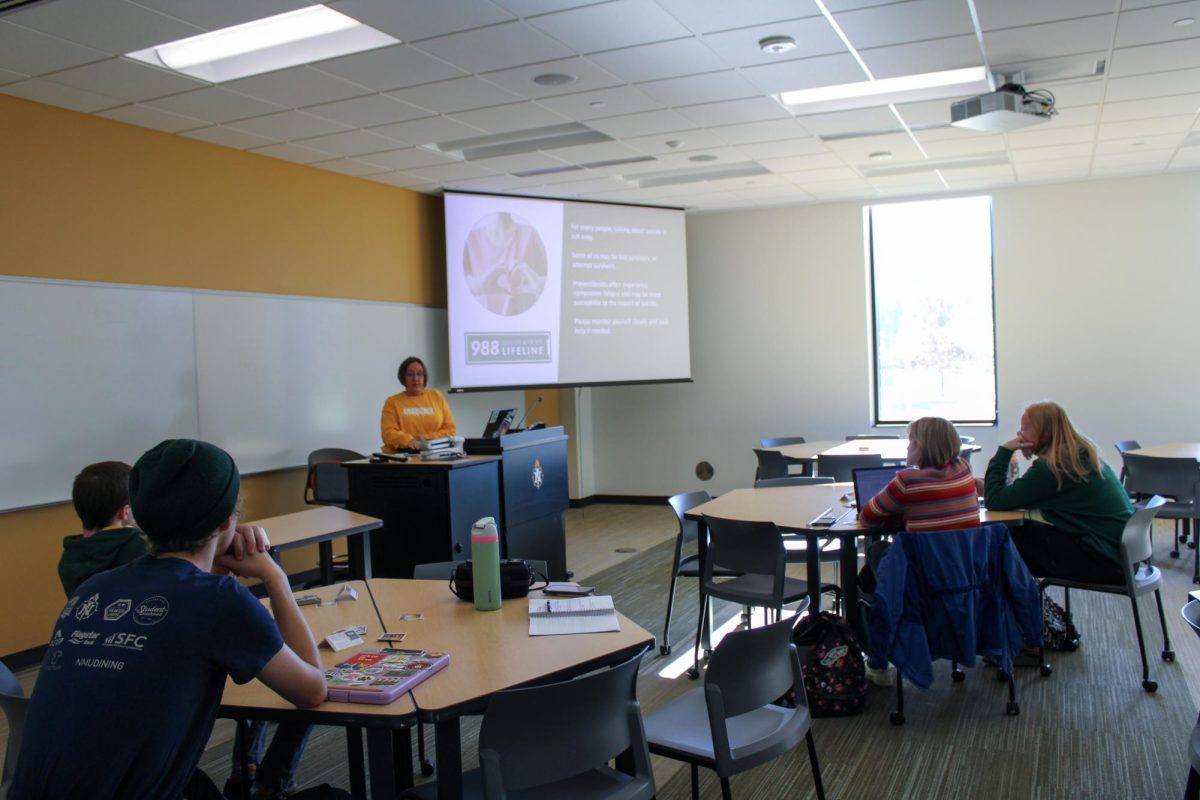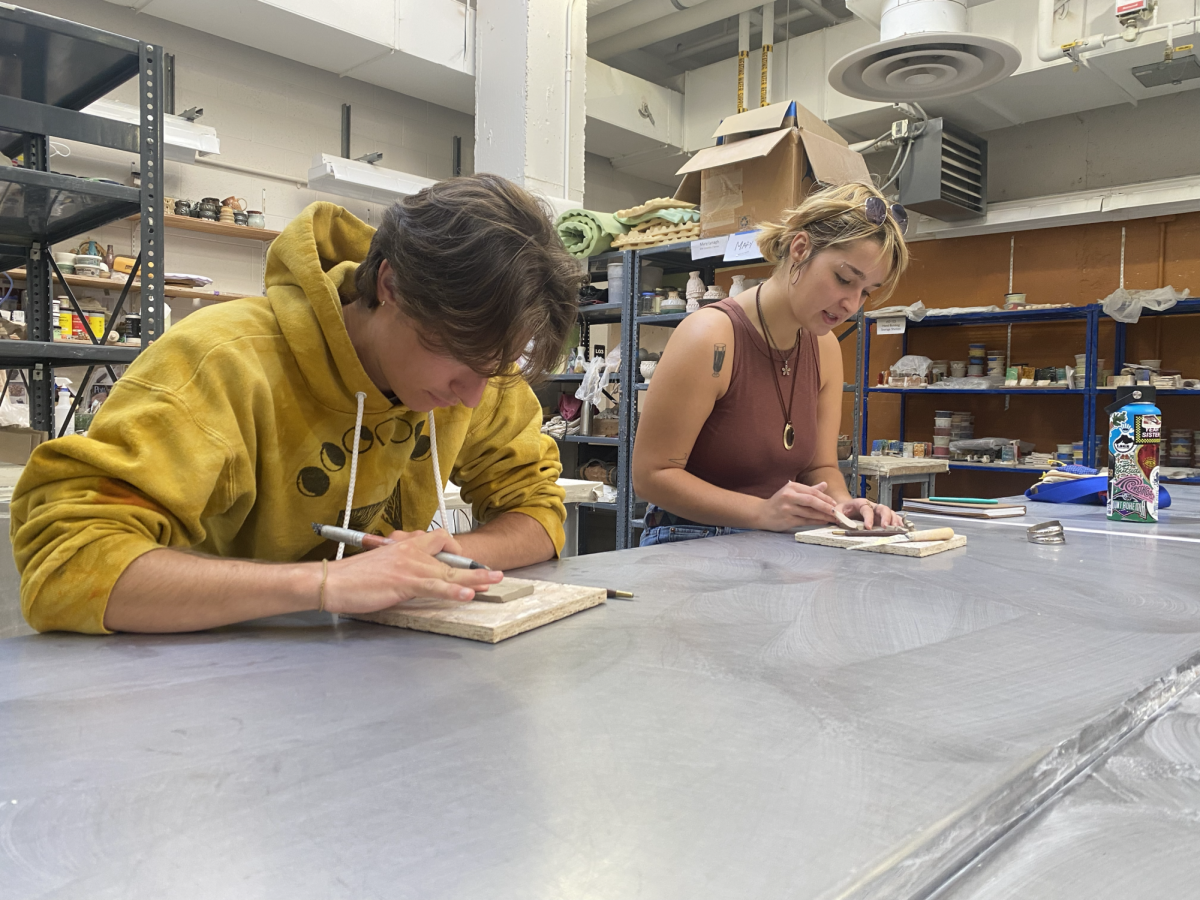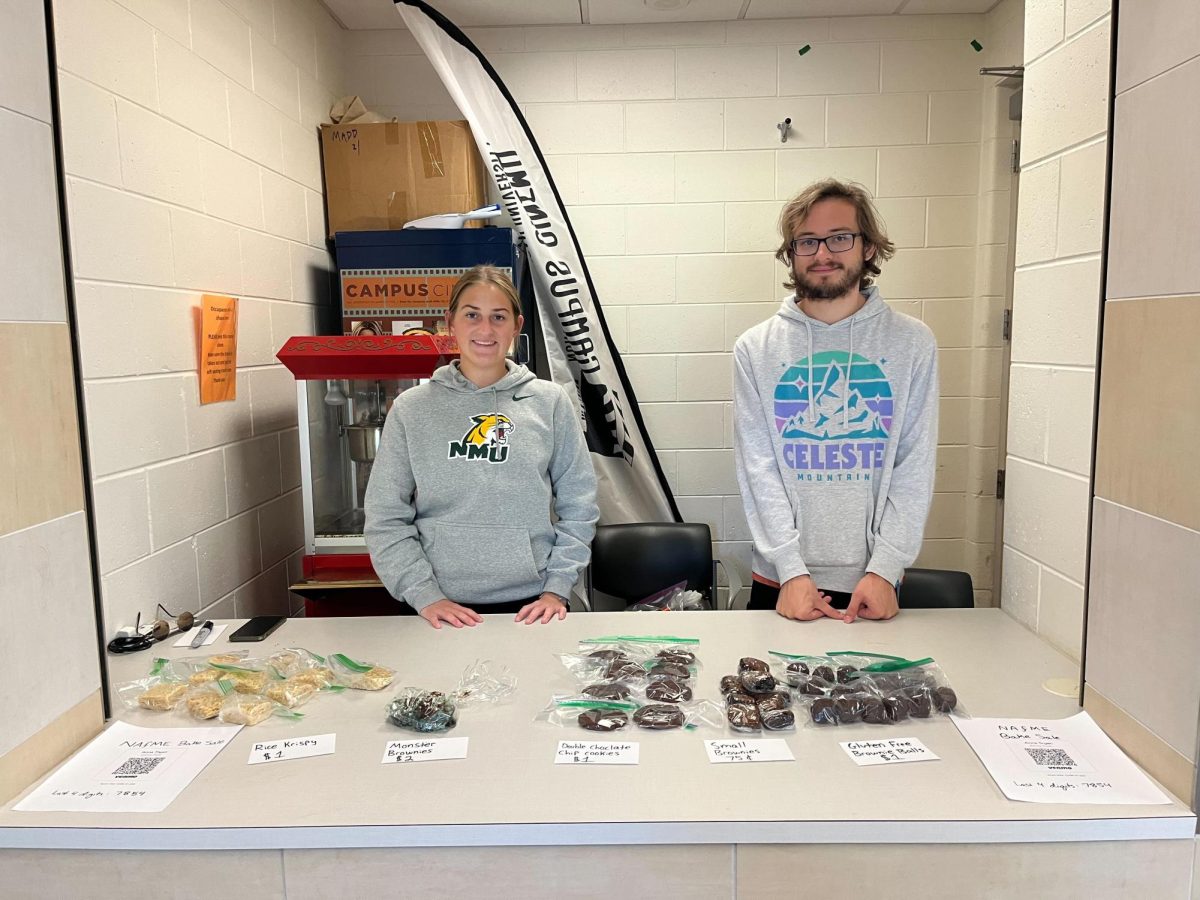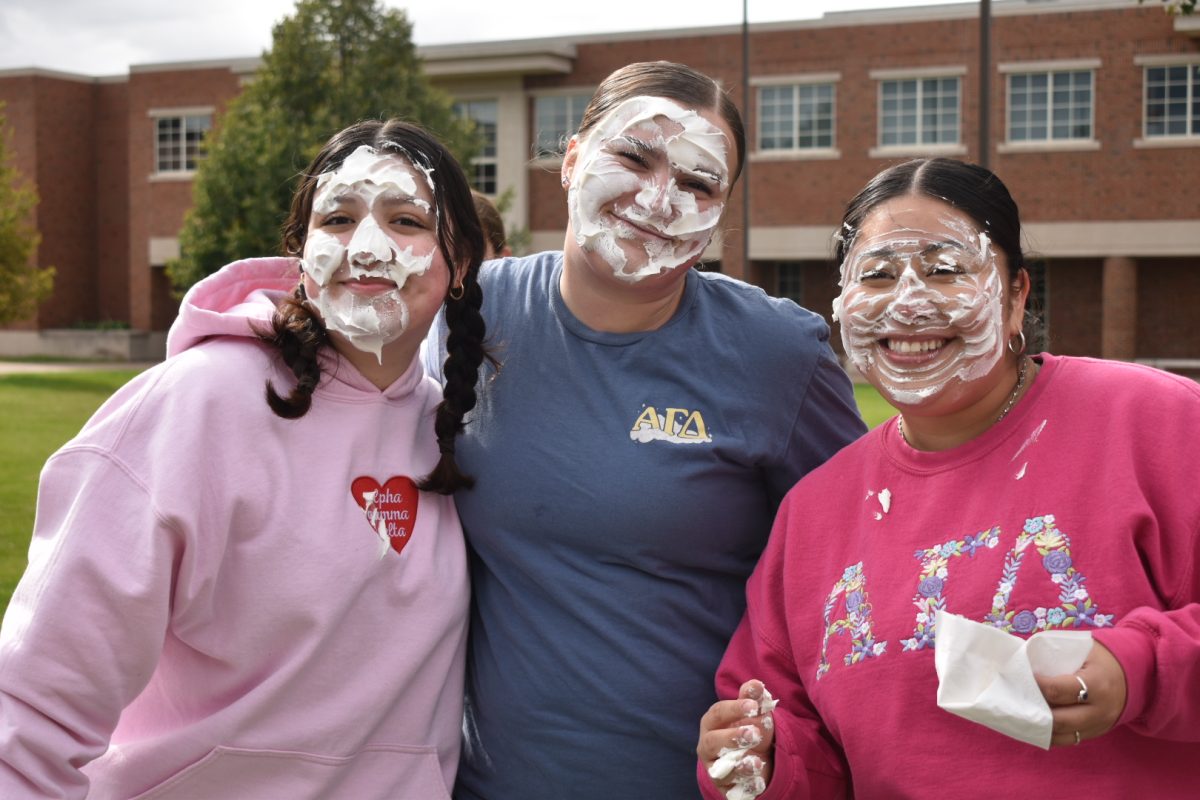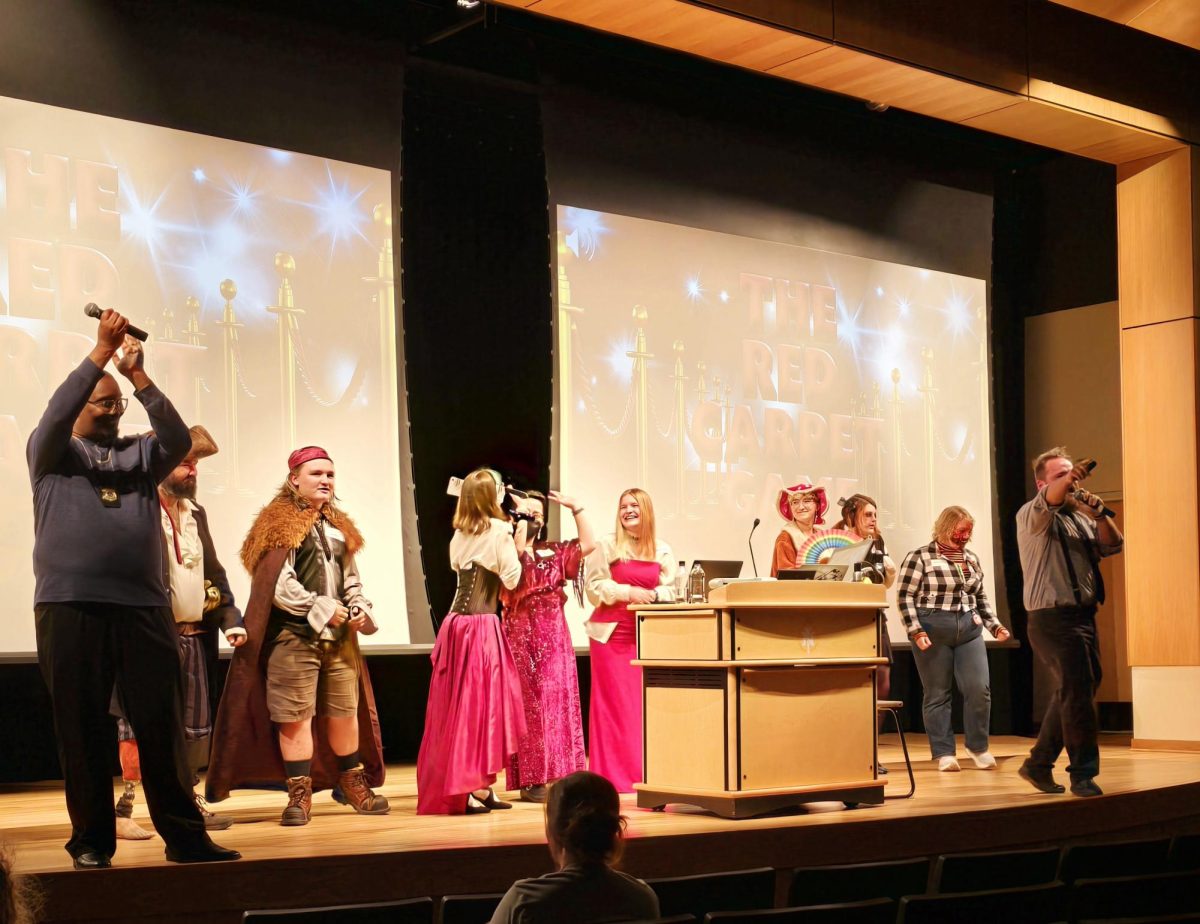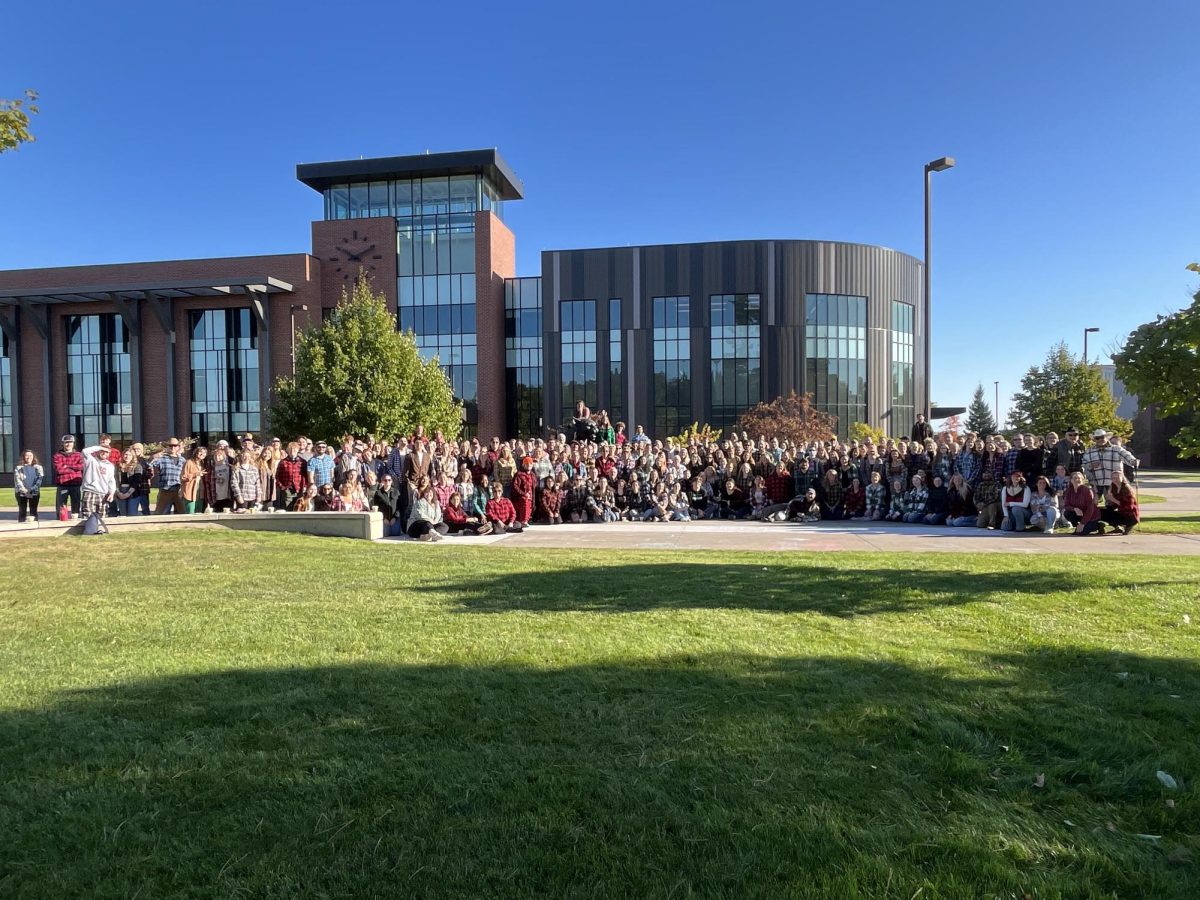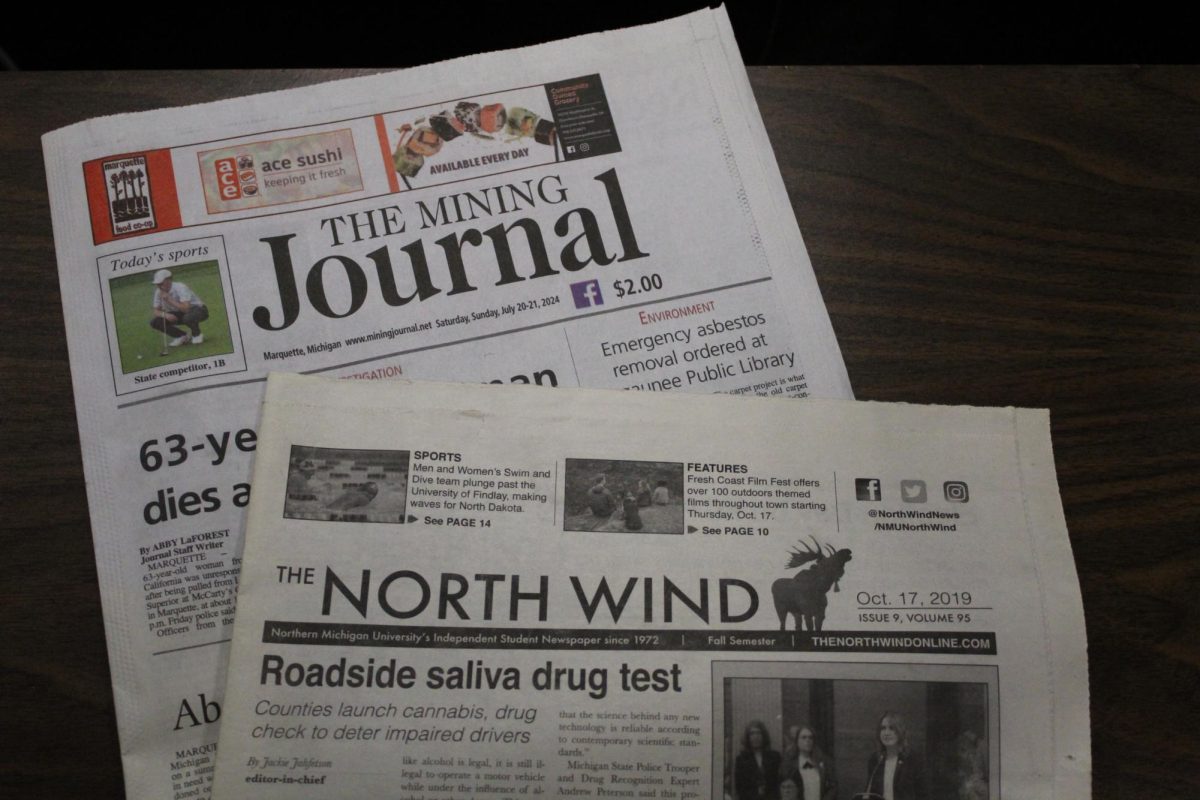A person’s identity is a complex, multifaceted thing yet is often viewed through a very simple, shallow lens. Identity is one of humanity’s great conundrums.
The Oxford English Dictionary defines identity as “who or what a person or thing is; a distinct impression of a single person or thing presented to or perceived by others; a set of characteristics or a description that distinguishes a person or thing from others.”
Using that definition, I have many characteristics that define me—a gender, sexual, political, national, regional, religious, intellectual, physical and ethnic identity, and that is not including the little things.
That makes me a complex rubber-band ball of characteristics, though, as human beings, complexity often confuses us. Throughout history, people have been organizing, labeling and simplifying the way they interact with the world, so it isn’t very surprising the same is done in regards to human identity.
The process of labeling a person as one identity—oversimplification—makes the world easier to navigate, but it is also a dangerous habit to fall into. With regard to race, humans have made numerous mistakes since the conception of biological and genetic differences between humans in the eighteenth century.
Carolus Linnaeus, a Swedish naturalist, was the creator of binomial nomenclature, the system of classification for biological ranking and species.
Linnaeus also classified human beings as Homo sapiens, with four subdivisions of that species. In the same century, Johann Frederich Blumenbach introduced his classification of the human races, a study that divided mankind into five races: American, Malay, Ethiopian, Mongolian and Caucasian.
These were men of science, and their work was taken very seriously. Individuals who wanted to show that one race was far superior over the others—many Caucasians during European colonialism—cited these studies as proof that the Caucasian race was better than the others.
The premise that the Ethiopian race, referred to as Negro by many, was inferior was the justification for the slave trade.
Now, it is known that Blumenbach’s study observed the physical differences between human beings (namely, cranial size), and that race is cultural creation, usually constructed when one group wants to disenfranchise another group for a one-sided benefit.
Now skip forward in history, from the eighteenth to the nineteenth century. In the United States, the landmark case Plessy v. Ferguson came before the Supreme Court.
Homer Plessy, a man who was seven-eighths white and one-eighth black, sat on a white train car and was arrested for violating the law.
Plessy was considered black because he looked black, no matter what his heritage was. The year was 1892.
In 1896, the Supreme Court ruled in favor of Ferguson using the separate-but-equal logic that would dictate the law until Brown v. Board of Education changed the legal precedence.
Justice Henry Billings Brown wrote in the majority opinion for Plessy v. Ferguson that “in the nature of things [the fourteenth amendment] could not have been intended to abolish distinctions based upon color, or to enforce social, as distinguished from political equality, or a commingling of the two races unsatisfactory to either.”
What is most unsettling about this history? It is fueled by a simplified view of a whole class of human beings based solely on physical appearance. It doesn’t say much for the integrity of mankind when much of our unsightly decisions in history are done so because of a narrow view of the world, of each other.
Race, a social construct, is only one defining characteristic of personal identity. According to the United States’ definition, I am white, though I would say baked salmon is more apt a descriptor of my color.
Once a person looks at the absurdity of oversimplification, at the horrific effects it has had upon past societies, it become a little easier to understand what people mean when they say, “I’m trying to discover myself.”
Identity is important. For most students, college is a time of self-discovery. You are asked to pick a career and propel yourself into the job market, into the future. Figuring out where you fit into the grand scheme of things gives a feeling of stability and comfort, but identifying too strongly with one or more identities can be a harmful decision as well.
In the coming weeks, as Black History month kicks off, I will be delving further into the historical consequences resulting from the simplified view of identity within society.
In the spirit of civil rights and equality, I will be probing past and present issues that Americans have and continue to struggle with.
As a straight-white-liberal-deist-American man, I ask you to try and identify with me for the next month.
Editor’s Note: This column is the first in a month-long series discussing human identity and how it pertains to conflicts within and between cultures.


